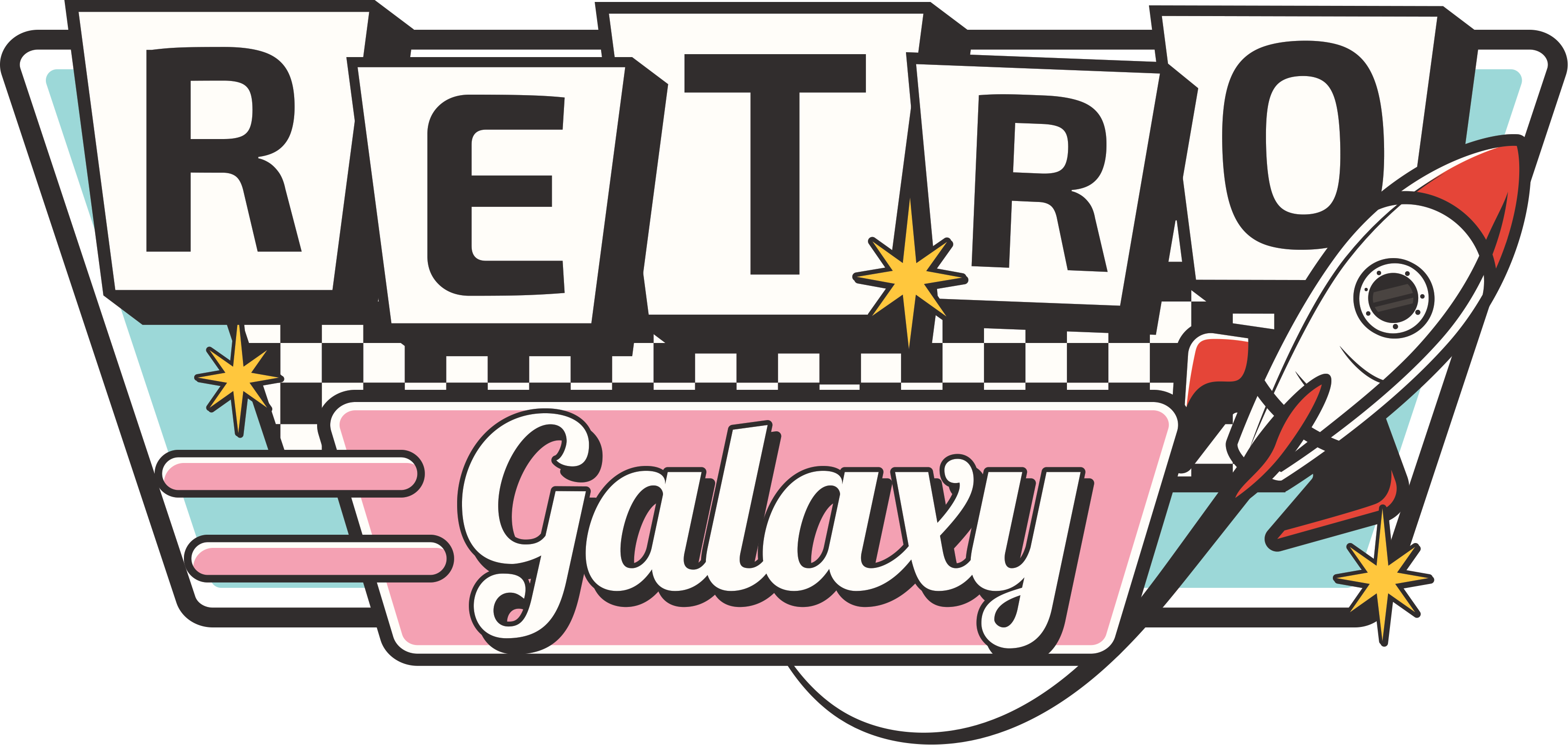You may associate the 1960s with hippies, psychedelic drugs and free love but what was actually going on in the subculture of that time?
Many focus on the 70s and 80s as they are more well known for their counter culture movements like punk rock and the new romantics but did you know there were many other subcultures from the 60s?
The 60s had a lot to offer including music, fashion, art, literature, film, politics, technology, and much more!
This post puts the 60s on the map by exploring some of the most influential subcultures of the decade.
The 1960s Subculture
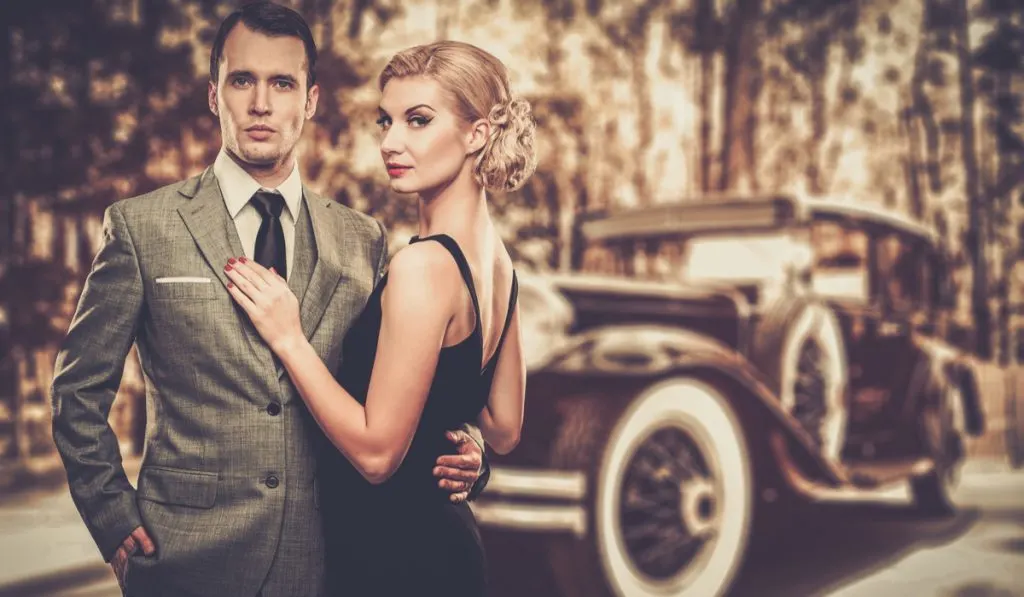
New subcultures emerge in each decade as people begin to explore new ways of living and thinking about life.
The 1960s saw the emergence of several subcultures which included hippies, beatniks, mods, punks, and skinheads.
These groups all shared similar characteristics such as long hair, colorful clothing, and an interest in alternative lifestyles.
Each subculture also had its own unique style of dress, music, and way of life. However, it is important to note that these subcultures only emerged at certain times during the 1960s.
For example, the mod subculture began around 1958 before becoming mainstream in the early 1960s.
Therefore, this post will explore the various subcultures of the 1960s and how they influenced society.
Subcultures In The 1960s
The Beat Generation

The Beat Generation is classified as one of the first subcultures of the sixties.
It began in New York City in the 1950s where young artists and writers would gather in coffee houses and bars to discuss ideas and share poetry.
They became known as the Beats because of their use of the word “beat” as slang for being depressed or downhearted.
Many famous Beat poets include Allen Ginsberg, William S Burroughs, Jack Kerouac and Lawrence Ferlinghetti.
Their work focused on themes such as drug abuse, homosexuality, existentialism, and anti-war protests.
The Beat Generation was very influential in the development of the hippy movement.
Some major works of the Beat Generation include On The Road, Howl, Naked Lunch, and Kaddish.
Mod
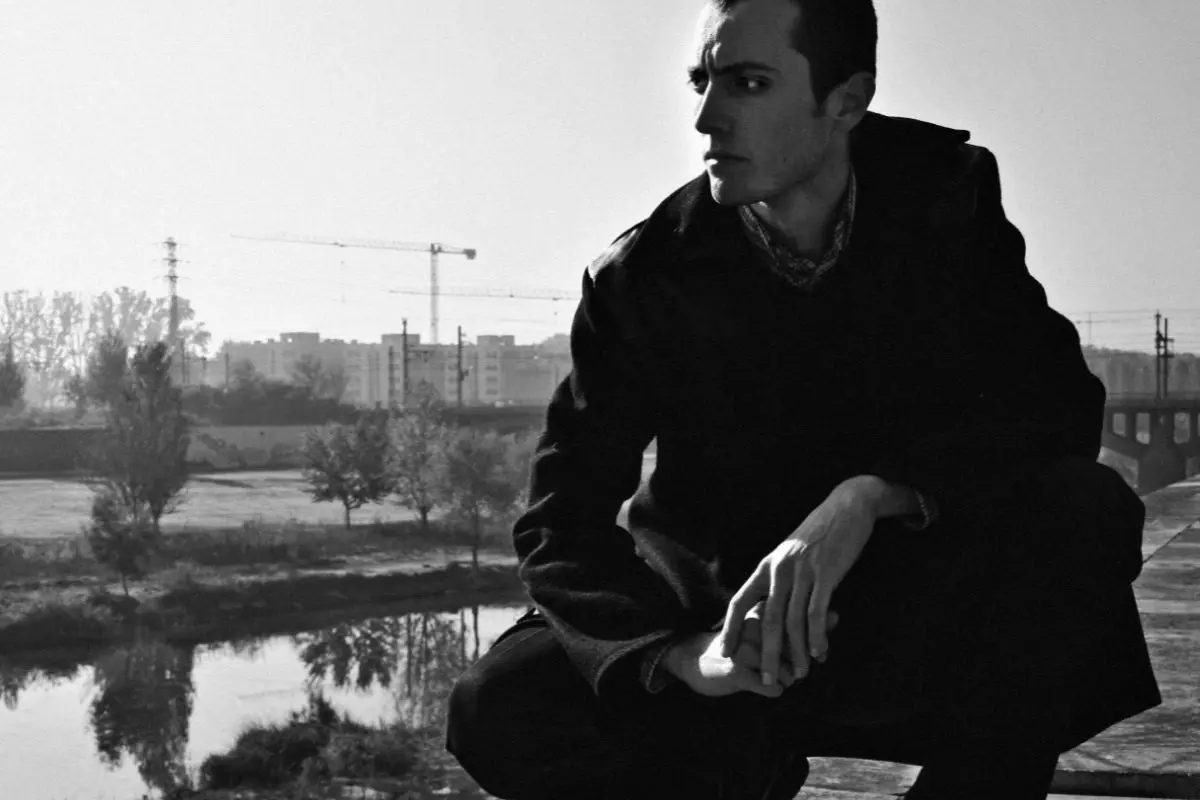
Mods are one of the earliest subcultures to emerge in the 1960s.
Mods were originally inspired by the 1950s youth culture and wanted to create a new style of dressing which would be less formal than traditional suits or ties.
Mod styles changed over time and became associated with the British Invasion of American popular music.
Mods were particularly interested in American pop music and created their own version of it called ‘British Invasion’.
Mods were also very keen on sports cars and motorcycles.
Mod styles started out with jeans, leather jackets, T-shirts, and boots.
As time went on, the style evolved into a look where men wore short haircuts, sported mustaches and often dressed in casual clothes.
They also favored skinny ties, shirts without collars, and sometimes even wore braces. Women regularly wore mini skirts, tight sweaters, and high heels.
Mods were heavily involved in the creation of the music scene in Britain.
They played a big part in creating the first wave of British bands such as The Beatles, The Rolling Stones, and David Bowie.
Punk
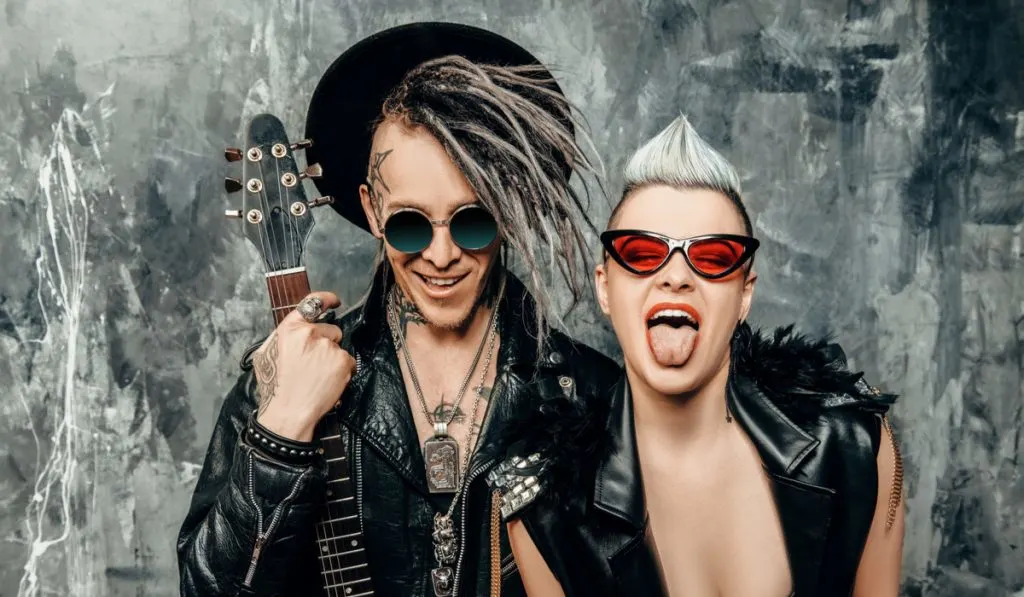
The 1960s punk subculture emerged from the rise of rock n roll in America. Rock n Roll was initially seen as a rebellious form of music but soon became more commercialized.
This led to many musicians leaving the genre and forming their own subcultures. One of the most notable examples of this is the birth of punk rock.
Punk rock music was characterized by fast tempos, loud guitars, and raucous vocals. Punk rockers often used humor and sarcasm to express themselves too.
These rockers also embraced the idea of DIY (do it yourself).
This meant that they did not rely on record companies to promote them and instead promoted themselves through flyers, posters, and gigs.
Punk rockers were also very political and protested against everything from war to racism.
The punk fashion trend began when people began wearing ripped clothing. This clothing was usually worn by members of the mods who had moved away from the mainstream.
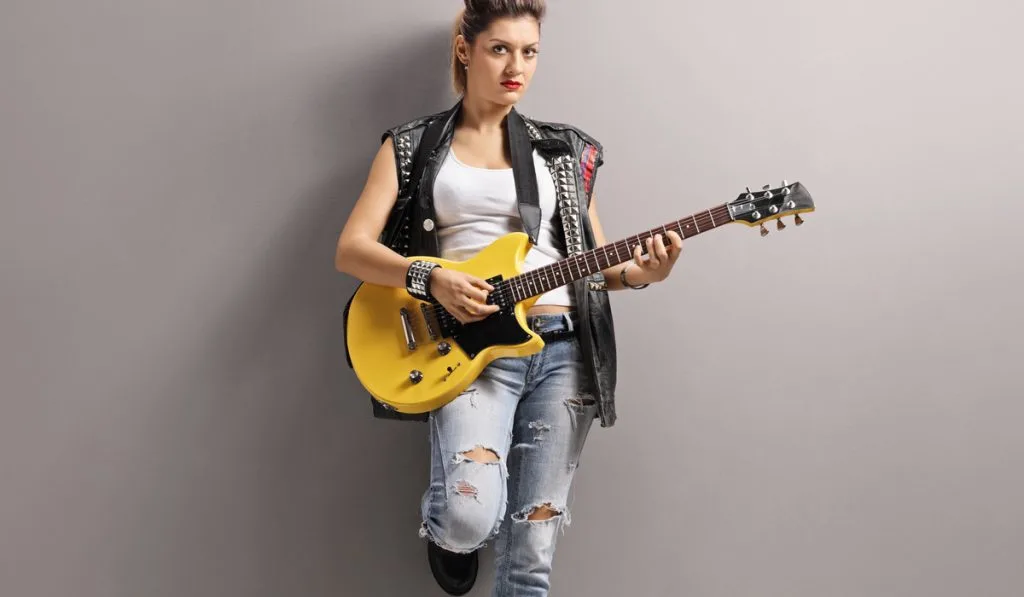
These early punks wore torn jeans and t-shirts with slogans written across them. Later on, the punk fashion trend developed further and included bandanas and safety pins.
Punk fashion eventually spread throughout Europe and North America.
Punk fashion was very diverse and varied. There were different types of punks. Each group had its own unique style of dress and hair.
For example, some punks wore long hair while others cut theirs off completely. Others shaved their heads bald and wore only black clothing.
Some punks wore makeup and wore studded belts.
The mohawk haircut was another common feature of the punk fashion trend. However, mohawks were more commonly worn during the late 1970s and 1980s.
Skinhead
By the 1960s, skinheads emerged as a subculture of the working class in London. The subculture was influenced by both the mods and the hippies.
Skinheads were known for their love of football and far-right politics.
Skinheads were also known for their extreme hairstyles. Most skinheads wore their hair in a Mohawk style.
However, other popular styles included spiked hair, mullets, and crewcuts. They also wore military inspired uniforms which consisted of white or khaki trousers, combat boots.
Freak Scene
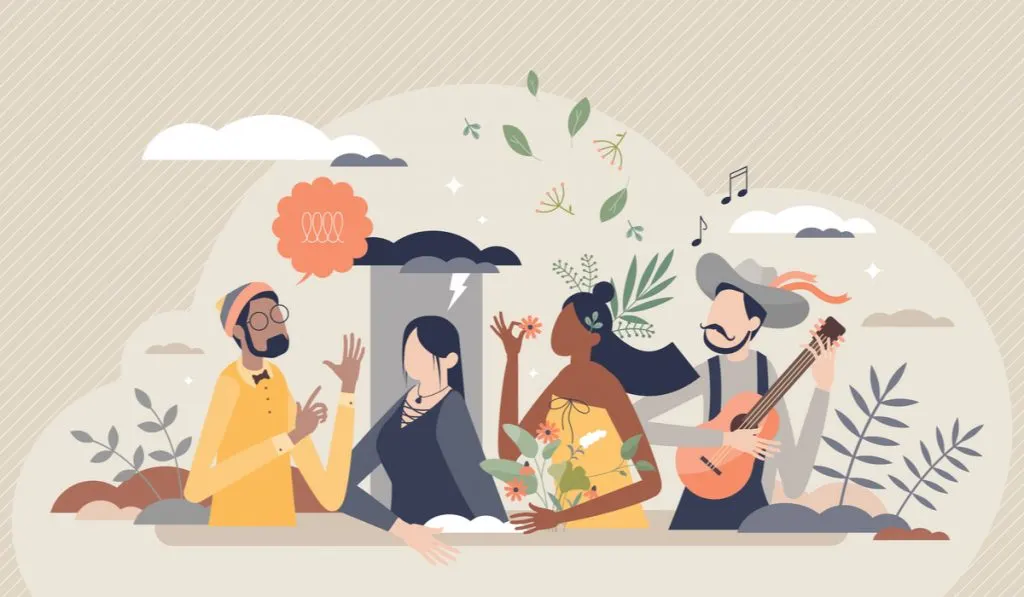
The term’ freak scene’ is associated with the Bohemian subculture of the 1960s. The 1960s Bohemian subculture was characterized by an interest in Eastern religion and mysticism.
It was also marked by a rejection of traditional gender roles. Many of the trends of the freak scene can be traced back to the Beat Generation movement.
In the 1960s, there was a growing number of young people who rejected conventional society and sought alternative lifestyles.
These young people adopted unconventional ways of dressing. The freak scene was one such way of life.
Members of the freak scene dressed in colorful clothes and wore makeup. They also experimented with drugs and sex to break free from the confines of society.
Many of the trends of this subculture are still practiced today.
The freak scene is a combination of two separate subcultures: hippie culture and the pre-punk style. Hippies were interested in Eastern religions and mystical beliefs.
They believed that these beliefs could help them achieve peace within themselves. Hippies also rejected traditional gender roles.
This was because they saw these roles as limiting. Hippies wanted to live freely without being bound by social conventions.
The pre-punk style can be seen in the freak scene in the 1960s. Pre-punks were interested in experimenting with new fashions and music.
Hippie

The hippie subculture originated in the 1950s.
Hippies were often described as ‘flower children’ and symbols of the hippie subculture can often be recognized by peace signs, bold vibrant colors, and the ethos of peace and love.
They were interested in living simply and rejecting materialistic values. Hippies adopted many of the same ideals as the beat generation. They were against war and racism.
The hippie subculture was divided into three main groups: the flower power movement, the psychedelic movement and the New Age Movement.
The flower power movement began in San Francisco in 1965. It was a protest movement against the Vietnam War.
The hippies protested through dancing and protesting at rallies. The psychedelic movement began in 1967.
It was a reaction to the hippie movement. Some members of the psychedelic movement embraced Hinduism and Buddhism. Others became involved in the occult.
Music of the hippie subculture was very diverse. There were many types of music played during this time. Rock and roll was a big part of the hippie subculture.
Other genres included folk rock, blues, jazz, country and pop.
Final Considerations
The 1960s was certainly a time when people questioned their place in society. People had become more aware of what was going on around them.
They were questioning the status quo and trying to find out if it was possible to change things for the better.
The hippie subculture was just one example of how people were looking for answers to questions about society.
The subcultures explored each looked at the world around them and used creative expression to express their views.
